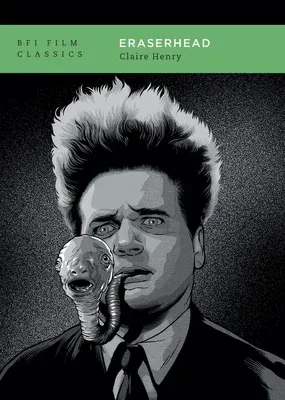A surreal and darkly humorous vision, David Lynch's Eraserhead (1977)
has been recognised as a cult classic since its breakout success as a
midnight movie in the late 1970s.
Claire Henry's study of the film takes us into its netherworld,
providing a detailed account of its production history, its exhibition
and reception, and its elusive meanings. Using original archival
research, she traces how Lynch took his nightmare of Philadelphia to the
City of Dreams, infusing his LA-shot film with the industrial cityscapes
and sounds of the Callowhill district. Henry then engages with
Eraserhead's irresistible inscrutability and advances a fresh
interpretation, reframing auteurism to centre Lynch's creative processes
as a visual artist and Transcendental Meditation practitioner. Finally,
she outlines how Lynch's 'dream of dark and troubling things' became a
model midnight movie and later grew in reputation and influence across
broader film culture.
From the opening chapter on Eraserhead's famous 'baby' to the final
chapter on the film's tentacular influence, Henry's compelling and
authoritative account offers illuminating new perspectives on the making
and meaning of the film and its legacy. Through an in-depth analysis of
the film's rich mise en scène, cinematography, sound and its
embeddedness in visual art and screen culture, Henry not only affirms
the film's significance as Lynch's first feature, but also advances a
wider case for appreciating its status as a film classic.

